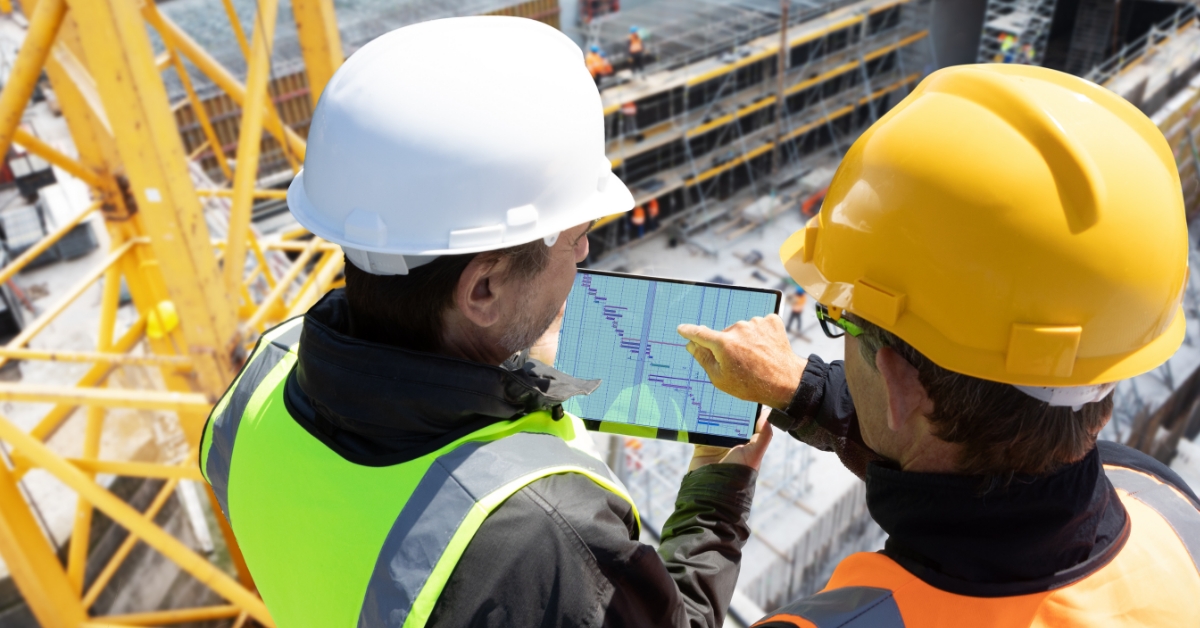Why choose FTTH and ultra-fast broadbandBroadband The term broadband, in telecommunications, generally refers to the transmission and reception of information data at a connection speed of over 144 kb/s. Broadband organises different channels, conveying different content in the form of data, such as Internet radio, animation, audio files and high-definition video. connection
The Open Fiber fiber optic networkNetwork In computer language, the term network defines a set of hardware and software devices which, when linked together, enable the exchange and sharing of resources, data or information. In a computer network, the devices that generate, route and terminate data are called network nodes. guarantees optimum performance, ensuring access to all next-generation services.
Thanks to the ultra-broadband network, it is now also possible to manage High Definition (HDTV), Ultra HD (4K) or upcoming Ultra HD (8K) or Virtual Reality content quickly and easily, without delays, by connecting all devices simultaneously; from tablet to TV, computer and smartphone.
Do you already know all the services enabled by fiber optics?
STREAMING, SMART TV & GAMING ONLINE
No more films interrupted halfway through or slow connections during gaming sessions.
Cloud computingCloud computing Cloud computing is the new name for a practice that is as old as computer networks: using the computational resources of a geographically distant computer as if it were our own PC. The first and most long-standing example of this is e-mail. The technological evolution of computers and the speed of ultra-broadband networks makes it possible to take this approach to the extreme: remote data centres hosting thousands of servers, which store our documents, photos, music and run programmes that are seemingly located on our laptops or smartphones.
UploadUpload Uploading data online. as many gigabytes as you want in seconds with unlimited storage, listen to music or use many other on-cloud applications.
HOME AUTOMATIONHome automation Home automation is a field that studies technologies to improve quality of life in the home and automate its management as much as possible. It requires a strongly interdisciplinary approach since it combines architecture, building and energy engineering, electronics, IT and telecommunications. Home automation makes it possible to build a smart home in which, for example, switching on lights, opening doors and shutters, managing air conditioning, security systems and communication systems communicate internally or externally, including via mobile phones, smartphones and the Internet.
Control and management of the functions of the home with interconnected smart devices accessible from anywhere.
E-commerceE-commerce A contraction of ‘Electronic Commerce’, i.e. the buying and selling of goods and services directly on the web or via e-mail without going to shops and department stores. and online shopping
Fast and secure online shopping.
There are numerous services enabled by Open Fiber’s optical fiberOptical fiber A cable made of glass fiber through which a light signal is transmitted over long distances for broadband network access. Compared to copper cables, optical fiber can transmit signals much faster, up to 40 Gigabits per second. It is therefore ideal for quickly transferring large amounts of data; it is also unaffected by external interference (electromagnetic interference, temperature variations, etc.). While fiber optics certainly offers the advantage of fast, high-quality and secure data transmission, its high installation cost is a drawback for network builders. Read the news to find out more: “Optical fiber, what it is and how it works”. for businesses, PA and professionals: from remote working to distance learning, e-health, the computerisation of public services, efficient energy management and increased security. And that’s not all.
E-GovernmentE-government Contraction of ‘electronic government’, better known as digital government, referring to the combined use of computers, mobile devices and the Internet to enable public administrations to offer services to citizens or other public and private entities.
Digitalised management of public administration so as to offer faster and more home-based services.
ENERGY
Optimised electricity consumption management, reduced environmental impact and energy efficiency.
RESEARCH AND TRAINING
Sharing of research activities, online training and enhancement of research centres and universities.
E-HEALTH
Telemedicine for health care and prevention, constant monitoring and remote assistance of patients.
TRANSPORT
Optimisation of traffic, parking, public transport, CO2 reduction and noise pollution.
CONSTRUCTION
Energy efficiency of buildings and town plan verification.
PUBLIC WI-FI
Equipping large areas of the city with free, stable and accessible internetInternet The word comes from the fusion of the English terms international and net, i.e. international network. This term refers to the worldwide computer network that users all over the world can access via a computer to transmit and share data and information. connections for the entire community.
SECURITY
Control of the local area with monitoring and crime prevention.
ENVIRONMENT AND RESOURCES
Soil, water and waste management, environmental emergency prediction and warning.
Remote Working
Flexible and independent working with the same benefits as in the office.
E-learningE-Learning Contraction of Electronic Learning, also known as online learning or distance learning, i.e. the use of multimedia technologies and the Internet to improve learning quality by facilitating access to resources and services, as well as remote exchanges and collaboration.
Ability to deliver or use training content and multimedia for distance learning.
ONLINE TRADING
To consult news, analyses and strategies and to trade with maximum security in the financial markets.










